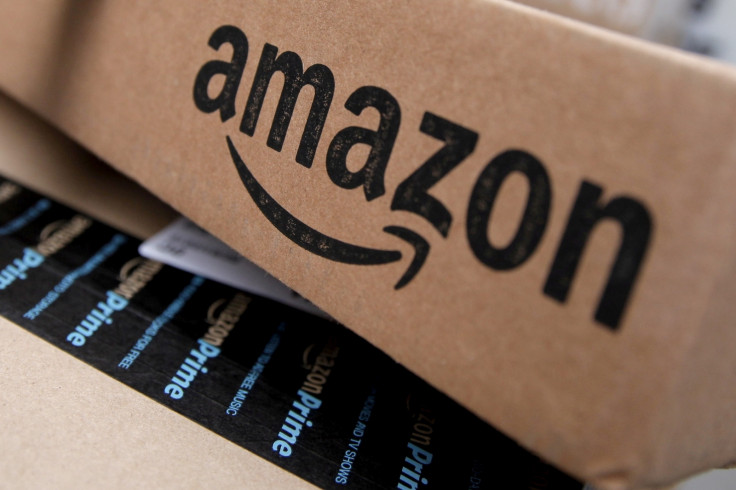Shorting the Amazon Bank speculation
It is arguable that Amazon has more active customers than Citi, Bank of America and JP Morgan combined.
Since the recent news that Amazon is getting into the checking account business, I have often been asked is "is this the start of Amazon Bank"? My short answer to this question is No.
Huge opportunity for cross sell and new revenues
Amazon has close to 350 million active customers. This compares to 200 million at Citi the most diverse and international bank with operations in over 100 countries. It is arguable that Amazon has more active customers than Citi, Bank of America and JP Morgan combined. This active customer base is a source of banking revenue for Amazon and it is only natural for any company to leverage this customer base and synergistically explore new revenue opportunities. Amazon has already figured this out.
Today the Amazon Prime card is a great choice for someone looking at a great return for all purchases on Amazon given the 1% to 5% cash back depending on where it is used. Given the success of the Amazon Prime card (issued by Synchrony Bank and Chase Bank) it is very clear that should there be a checking account alternative introduced by Amazon. This would give the 350 million customer base another way to make payments especially in the US where Checks (though in decline) continue to be a key payment instrument.
The number of check payments fell to 17.3 billion with a value of $26.83 trillion, down 2.5 billion or $0.38 trillion since 2012. Check payments fell at an annual rate of 4.4 percent by number or 0.5 percent by value from 2012 to 2015. The decline of checks over the period was slower than previous studies had shown for prior periods since 2003, according to the Federal Reserve.
Why Checking accounts are an opportunity in 2018?
For the sake of simplicity let us be conservative and estimate the market for checking accounts in the USA alone. The population of the United States is 325.7 million (US Census & World Bank 2017). According to the FDIC, out of this let us deduct the unbanked and underbanked population of 10 million and apply a 80% factor to the balance which gives us 252 million savings and current accounts.
Let us assume further that 25% of the population use Amazon and prefers to use a checking account to pay. Or that 63 million customers would like to pay with a checking account. This is a very large number of customers and cross sell revenue for Amazon to ignore given that checking account balances are at record highs.

Banking regulation is less attractive for Amazon
Given the high price-earnings (PE) enjoyed by tech companies there is absolutely no desire for Amazon to be regulated like a bank. Amazon has enough happy customers to get a banking license and be successful, however the costs of Regulatory Compliance and Risk Capital (at historic levels since the Financial crisis) will reduce it earnings and reduce its high PE ratios. It is worth noting, that higher PE ratios do not automatically mean a stock is better as it is based on historical performance and not future earnings. That said the industry is clearly betting on explosive growth by Amazon and restricting that growth with a banking license will not make it attractive to investors.
Checking accounts are a natural extension
Recently Amazon, Chase and Berkshire announced a partnership to team up and to bring better health care to US consumers. Amazon's partnership with Chase and Capital One to introduce checking accounts are also good for the industry as we will see costs of transaction banking go down even more. For the Banks this is a golden opportunity to create a new product that can be plugged into any e-retailer and be the "intel inside" of any large portal, e-grocer or for that matter Apple, Starbucks or Facebook for example that serves millions of consumers creating new revenue streams from P2P pay.
In conclusion, Amazon has the opportunity to monetize its customer base and offer a better operating model that combines credit cards, checks, P2P payments and can result a move to a better significantly lower transactions cost base.
Extend this argument to SMEs and it is possible that SMEs who buy and sell on Amazon may also see a benefit from lower prices for financial transaction services. Given that in some markets, corporations can clear directly with the clearing system this can be an excellent way to bring more savings. For the banks, the growing customer base of Amazon creates large new revenue streams (although at lower margins) but will force them to automate, digitize and transform at a much more rapid pace. The years ahead will see a lot more collaboration between Big tech, banks and Fintech and will make it even more exciting and interesting for everybody.
Sankar Krishnan, EVP- Capital Markets and Banking Capgemini
© Copyright IBTimes 2025. All rights reserved.





















